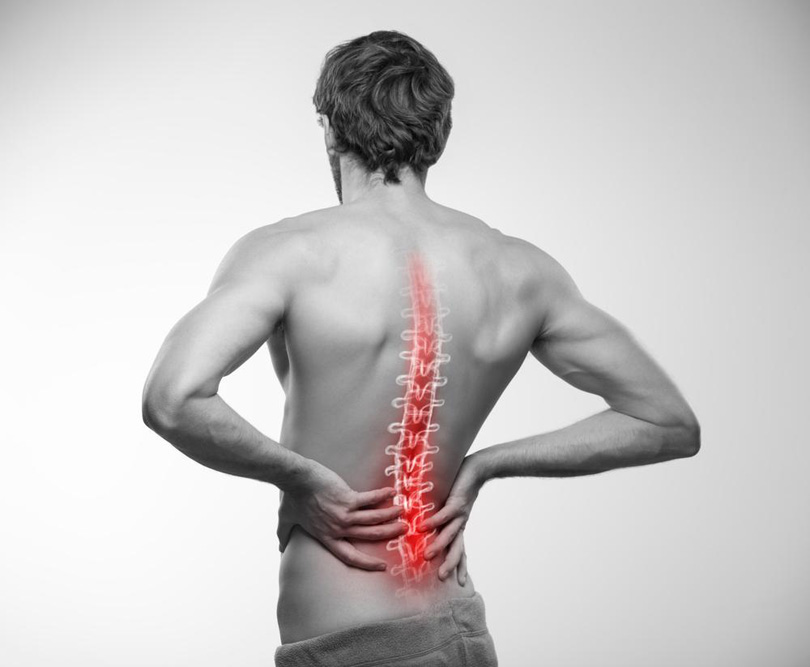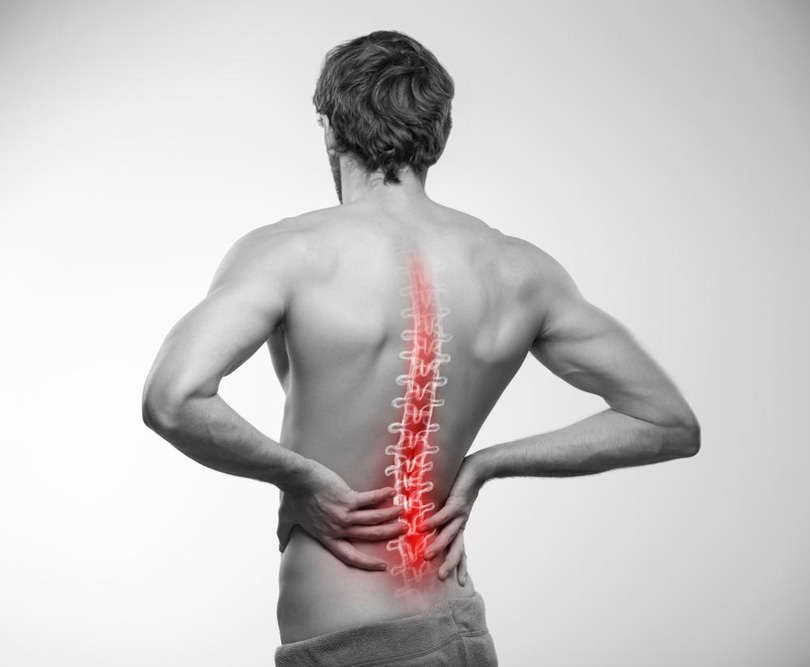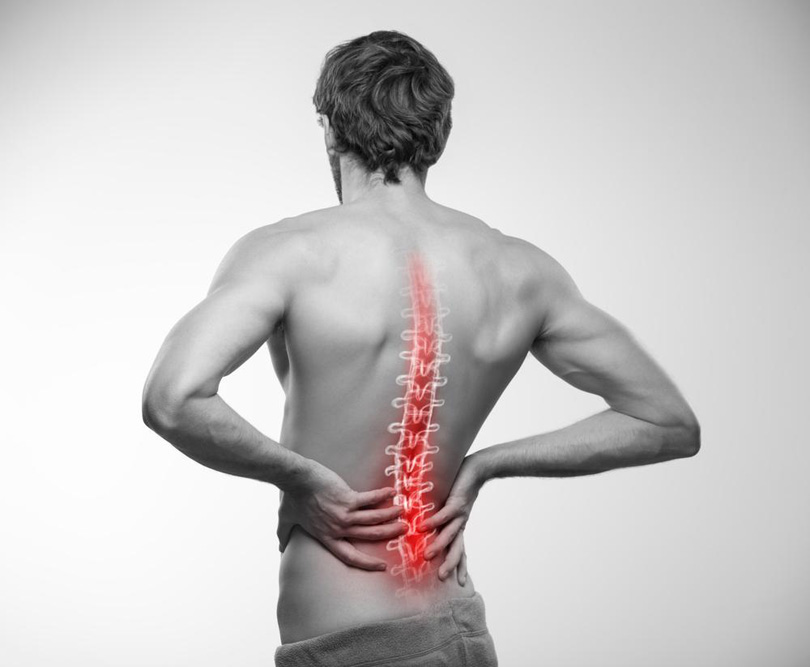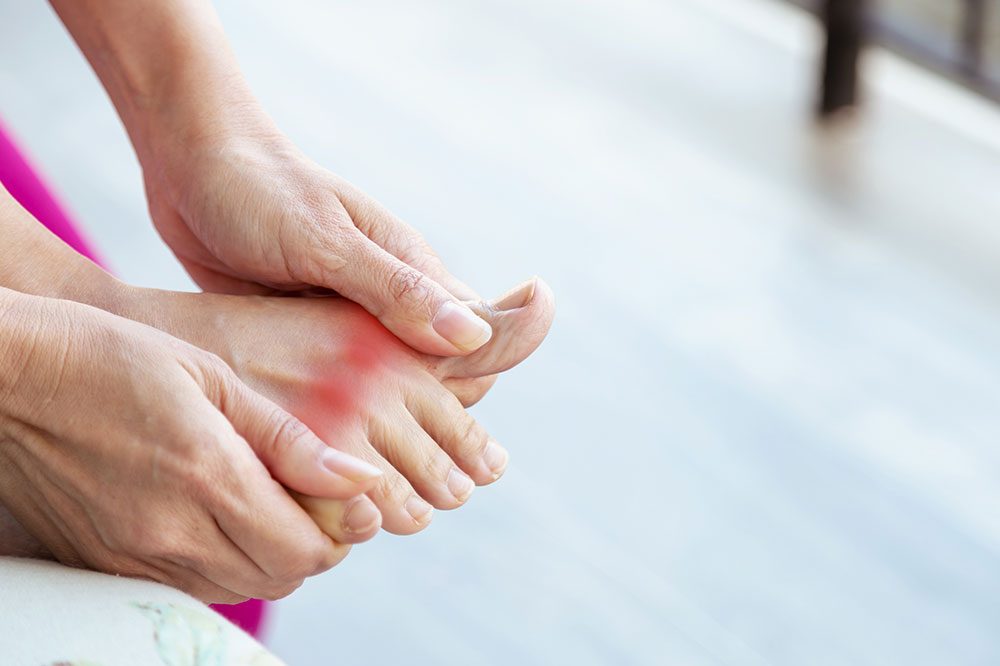Differentiating Between Lower Back Discomfort and Kidney Pain
Learn how to distinguish between lower back pain and kidney discomfort. Recognize key symptoms like fever, nausea, or urinary changes that indicate kidney issues versus typical muscular back pain. Early diagnosis can prevent complications such as infection or kidney stones, making medical consultation essential if symptoms persist. This guide helps you understand causes and when to seek prompt medical attention to ensure proper care and treatment.

Understand the Key Differences Between Lower Back Discomfort and Kidney Pain
The kidneys are situated just above the pelvic region on both sides of your lower back. Discomfort in this area often resembles lower back pain, which might sometimes spread toward the groin and hips. This similarity often leads to confusion between kidney-related pain and typical back pain. However, kidney pain has unique traits that set it apart. It usually presents with symptoms such as:
– Persistent pain on one or both sides of the lower back, often above the pelvis, potentially radiating to the groin.
– Nausea, vomiting, or general discomfort.
– Fever and elevated temperature.
– Increased frequency of urination, possibly cloudy urine, and sometimes blood in urine.
Generally, there’s no visible swelling or inflammation unless a large kidney tumor is involved, and the area isn’t tender to touch, except near the kidney region.
Back pain typically manifests as a dull, aching sensation.
– The discomfort is localized and may occur suddenly.
– Changing positions or movement can either improve or worsen the pain.
– Fever or general illness is usually absent.
– Pain from strained muscles or minor injuries is tender to touch and often resolves with rest.
Serious conditions like cauda equina syndrome can impact bladder and bowel control.
Common causes of kidney pain include:– Kidney infections causing inflammation.
– Kidney stones blocking the ureter, leading to severe discomfort.
– Conditions like polycystic kidney disease or urine flow obstructions causing dull, persistent pain.
Common reasons for back pain include:
– Inflammation, injuries, or muscle strain.
– Severe stress or tension.
– Serious medical issues such as fractures, spinal injuries, multiple myeloma, or osteoporosis.
– Pregnancy-related lower back discomfort in women.
Seek Medical Advice: Mild back pain often resolves on its own, but persistent discomfort warrants consultation with a healthcare professional. If your pain lasts beyond a week or shows signs of kidney involvement, such as fever, blood in urine, or severe discomfort, see a doctor promptly. Early treatment of infections or removal of stones can prevent complications and invasive procedures.










